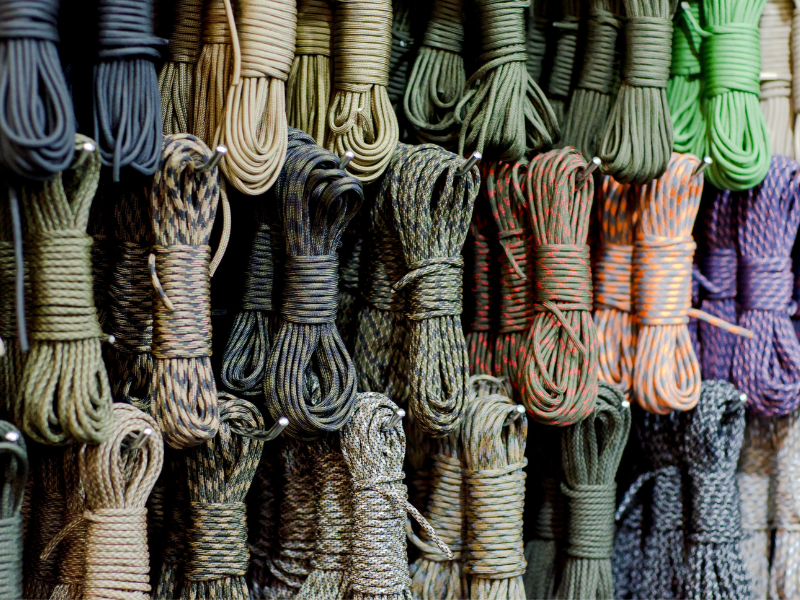Knots are invaluable tools for survival, essential for tasks like building shelters, crafting traps, climbing, and more. Here are five advanced knots, easy enough for beginners to learn, that can be lifesaving in survival situations.
1. Square Knot
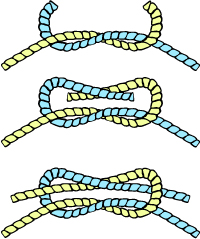
The square knot is a simple and versatile knot, commonly used to tie two ropes of equal thickness together. To tie it, cross the ends right over left, then left over right. While ideal for combining shorter ropes into one, it is less effective with ropes of different materials or thicknesses, as it may slip.
2. Clove Hitch
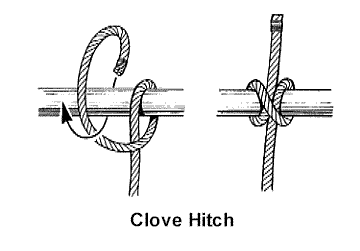
The clove hitch is ideal for securing poles or supports, making it perfect for temporary shelters. This knot is simple to adjust without untying and is often used by climbers to anchor ropes. While not as strong as some anchor knots, it holds firm under moderate tension but may need retightening in high winds.
3. Bowline Knot
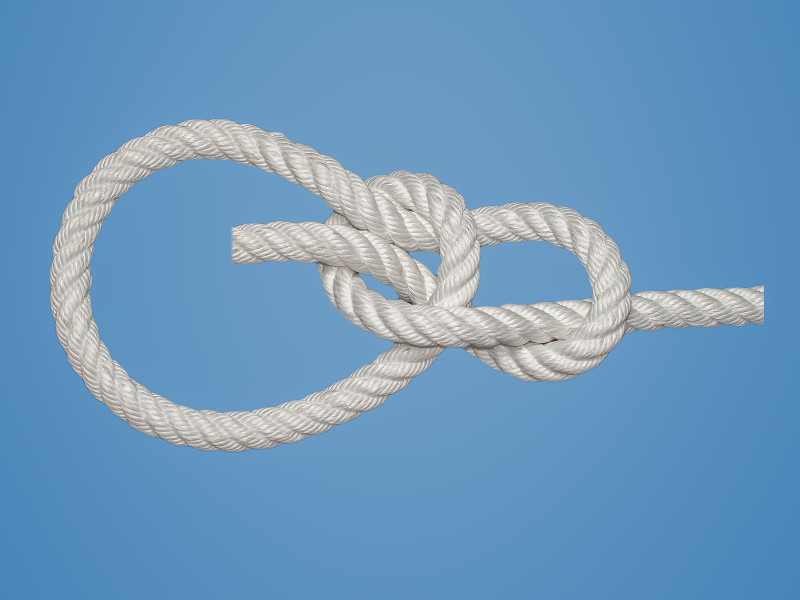
The bowline knot is a multipurpose knot that creates a secure loop. It’s great for hanging supplies, rescue operations, and securing animals, as it won’t slip or tighten under load. Despite its advanced nature, the bowline is easy to learn and highly reliable in a survival scenario.
4. Taut-Line Hitch
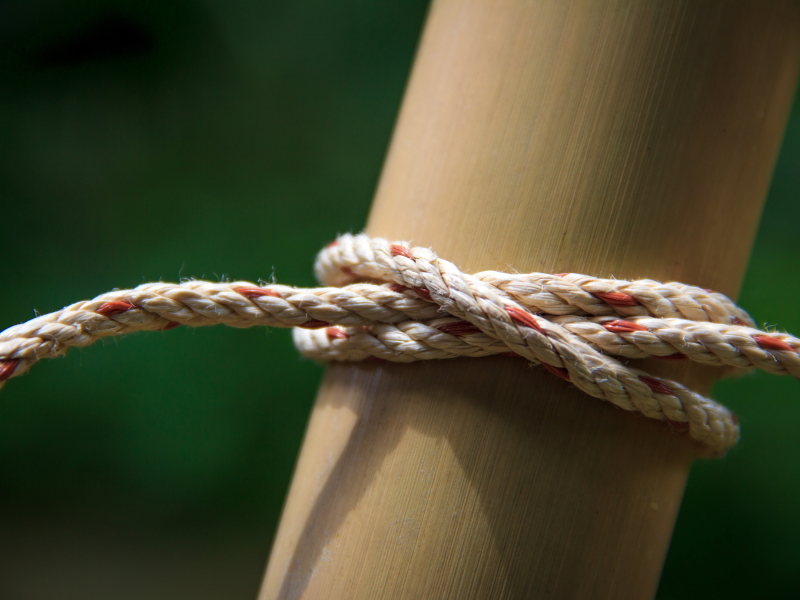
The taut-line hitch is an adjustable knot, making it perfect for securing tents or other gear. This knot allows for easy tension adjustments without retying, making it versatile for attaching items to your survival pack or securing stakes during camping.
5. Sheet Bend Knot
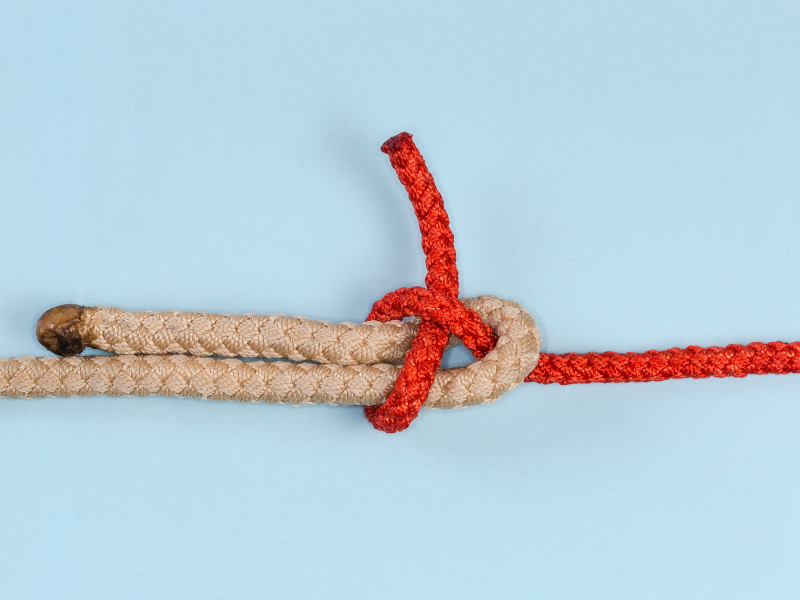
The sheet bend knot is an advanced version of the square knot, designed to tie two ropes of differing thickness or material. Commonly used for making nets or extending ropes, it’s a vital knot for many camping and survival applications.











